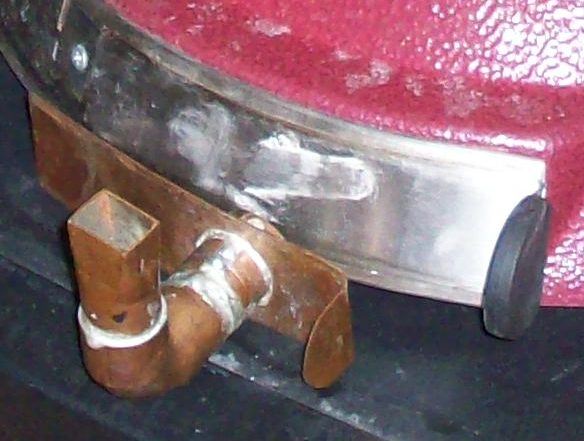RalphTrimble
TVWBB Diamond Member
Lookin good, Ralph!
I kinda wanted to switch to the barrel jack for the blower connection because that's what comes on the auber blowers, and use a standard 3-pin servo connector (JST?) for the servo. That way all off-the-shelf cabling could be used. I can also appreciate what you're saying about having one cable for everything though. We actually need 5 pins (the ground can not be shared as the fan's ground isn't always grounded) but that would still fit inside the same footprint as the RJ-14 4 conductor plug (RJ25 6P6C).
That said, I still like having the off-the-shelf connectors and will almost definitely be using them. If I can fit in a phone jack header to make it an either/or though, I think that would be great.
I like the either/or idea, however, would like to point out that a phone cable is about as off the shelf as it gets, they have 'em at the grocery store! Granted you would have to either cut one end and wire direct to the fan and servo, or you could wire in a phone jack on the fan/servo end and put a connector there that would plug into the servo so as not to require cutting off the servo connector, if that is a deal breaker. I just don't like the idea of bare pins with both +5v and gnd on them hanging outside the heatermeter for the servo, seems like a recipe for failure to me. That's why I cut the female end off my servo anyway and soldered it to the HM board, so at least a female end connector is hanging out which can not short out on anything...
As for the Auber fan and the industry standard connector... it HAD been almost a requirement for HM builders that own Kamado style grills to use an Auber fan because it has the damper to control the draft (or another fan with a damper).... but now with the option to use the cheap ping pong valve with a the standard HM fan or use the servo damper in conjunction with the fan, Kamado owners have two good options that are much cheaper and/or more effective than the fans that are commercially available. I'm thinking more people might opt to go with the cheaper DIY fan system now that it is as good or better than the more expensive bbq fans on the market.
Not to mention that I think we are really onto something with the Servo + Fan combo, and think companies might start moving in that direction with commercial units soon enough. It would be ironic if this setup becomes common and the phone cable becomes the new standard... I've seen quite a few companies that make devices that use cat5 cables for things other than LAN cables (guitar effect foot switched come quickly to mind), and why not go with something cheap and commonly available, I think its a great idea instead of requiring custom cables for everything...
Last edited:


